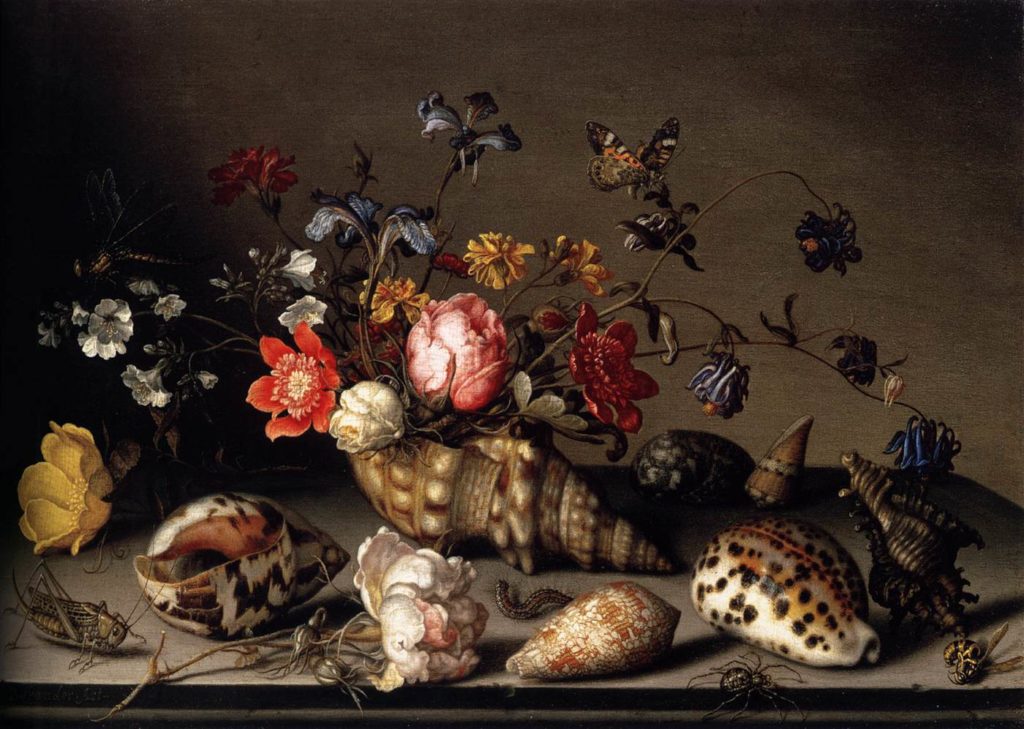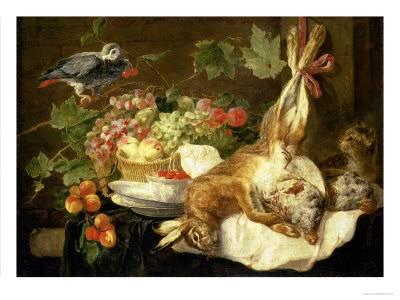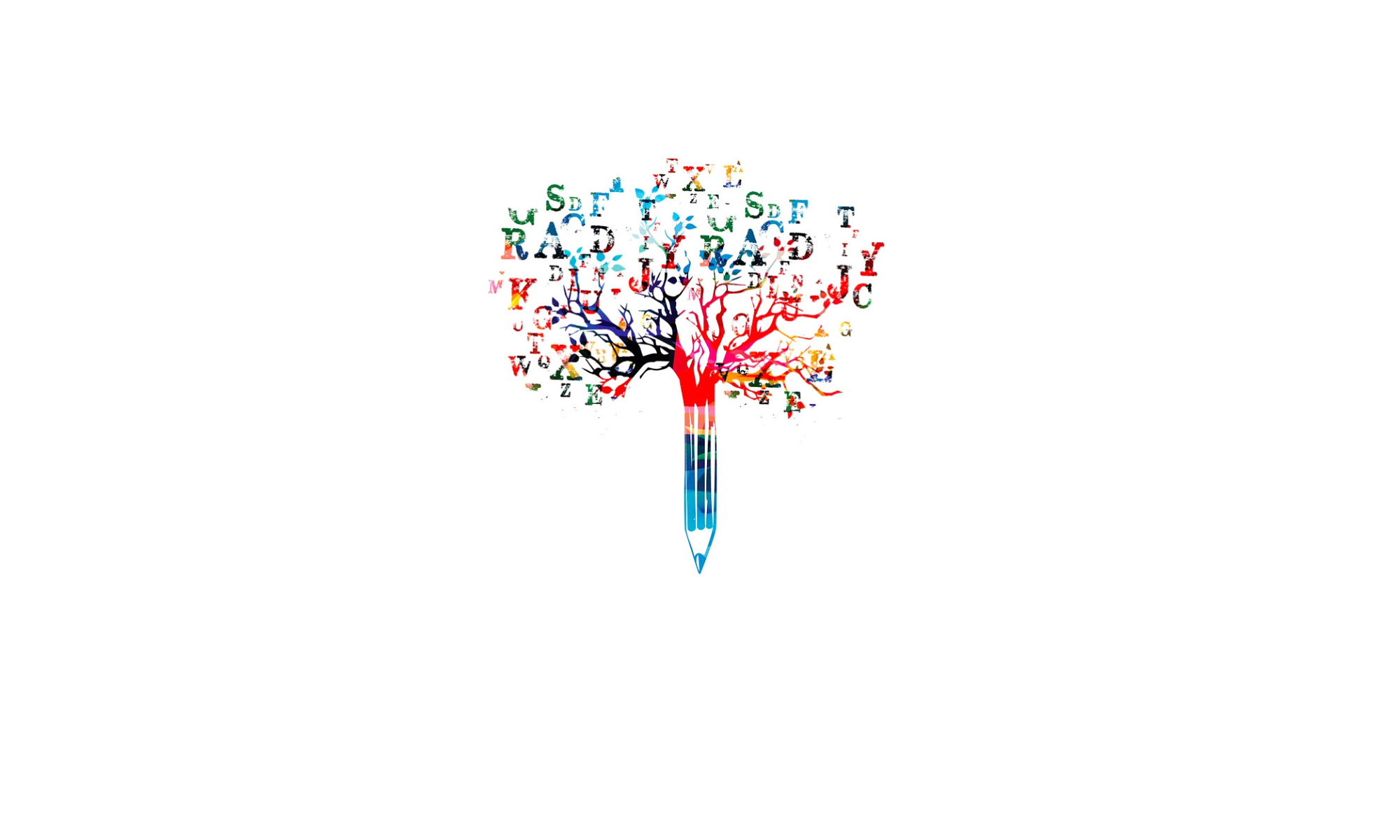Your first view of a Dutch Still Life painting – whether in a museum or in an art book – may have left you a bit puzzled. What at first glance might have appeared to be a lovely, extravagant table setting, a pretty arrangement of flowers, or a tantalising bowl of exotic fruits, upon closer look, also contained shells, scattered gold pieces, a stuffed parrot, an ever-present lemon or even a human skull. Perhaps some of the table-settings you saw were in total disarray, looking, as the art-historian Norman Bryson points out, much ‘like a meal that has been consumed by a bear’. Bryson goes on to describe these scenes, such as the one depicted by Willem Heda, below, as objects balanced ‘uncomfortably’ on the table’, as if the household is ‘losing its moral grip’. *

Willem Heda, (1594-1680) Still Life with Pastry and a Silver Pitcher (1658), Frans Hals Museum in Haarlem, Netherlands.
Exotic fruits and lobsters, flowers sharing space with stuffed parrots, elegant table-settings and overturned pots: how do we begin to make sense of Dutch still-life painting? Most importantly, we need to know that the development of Dutch still-life painting was a product of the country’s well-fought independence from the Spanish and especially its expanding trade in the East and West Indies, an expansion that made the Netherlands very wealthy; indeed, it was a country that ‘suffered’ from an excess of .material objects, what Simon Schama has called ‘An Embarrassment of Riches’. ** Now people of means could buy exotic foods, import exotic animals, spices, and plants from wide-flung continents. For example, salt, wine, lemons, grapes and almonds came from The Mediterranean, oranges, pepper, spices and tea from Asia, and tobacco, sugar, coffee and tropical fruit and birds from the Americas. In addition there was silver from France, glassware from Venice and porcelain from Asia, and from India, carpets and silk. New varieties of plants and flowers also arrived (including tulips from Turkey. ***).

Balthaser van der Ast, Still life of flowers, shells, and insects (mid-1630’s)
Collection P.C.W.M. Dreesmann, London
But such wealth did not come without its measure of Calvinist guilt, and this duality is represented in many Dutch still life paintings. According to Marriet Westermann, while the sudden prosperity brought about “intenser passion for the so-called good things in life”, anxiety about the moral consequences of wealth also grew and the moderation was sought after as “an ever-present ideal”. In such an atmosphere, the colourful and visually evocative images served both to delight the eye and deliver a sober warning of the transience of worldly possessions and pleasures and the emptiness of material pursuit. ****
This ‘sober warning’ came in the form of momento mori (reminders of death), which formed a significant partof vanitas paintings. These are symbolic works of art showing the transience of life, the futility of pleasure, and the certainty of death, often contrasting symbols of wealth with symbols of ephemerality and death (as an hour glass, fading flower, or skull, to name just a few).
A very good example of the vanitas genre is Adriaan Van Utrecht’s appropriately titled ‘Vanitas’: Still Life with Flowers with Skull (1642):

First of all, notice that the lovely display of flowers is painted in various stages of bloom and decay, symbolizing the passing of life to death; in addition, we see on the table a chronometer (a portable timekeeping instrument) and an hourglass in a wooden case at the back. A smoking pipe and drinking glasses refer to empty pleasures. Other objects in the painting represent treasures only the wealthy could possess: pearls, a gold chain, a ring, and money, a nautilus (rare seashell) on the right, near a luxurious serving dish. The orange book beneath the skull represents the pursuit of knowledge. Notice the laurel wreath on the skull: traditionally it has symbolized, for example, victory in military or academic excellence: all human pursuits that will someday perish.
By now it should be clear that Dutch still lifes are far from ‘still’: they are rife with conflicting sentiments, with objects gained from widely diverse cultures, with greed and guilt wrapped up in gorgeous floral arrangements, and so on, making the exploration of these paintings all the more fascinating. Below are two poems which consisder Dutch still -life painting from two quite different perspectives.
‘Still Life’, Linda Paston
Jan Fyt, Still Life with Hare, Fruit and Parrot, 1647 . Hermitage, St. Petersburg, Russia / The Bridgeman Art Library

‘Still Life’
(Linda Pastan)
Still Life the artist called
These pears and apricots
Placed on a blue tablecloth
Next to the leather pouch of hares,
Tied by their slender ears
Like so many vegetables.
But nature morte, the French
Would say, articulating “dead”
As if to tell us life is less
Than life without a hare in the field,
Without the actual taste
Of pear on the tongue.
From the very first line of the poem (“Still Life the artist called them“) the whole notion of still-life painting is called into question. The poem goes on to play with the two meanings of still-life or ‘nature morte’, which means both ‘painting depicting inanimate objects’ as well as ‘dead nature’. In her enumeration of the objects displayed on the blue tablecloth, it becomes clear that the speaker is questioning the convention of depicting death and decay in a festive setting. ( See the metaphor equating the bound hares as just so many vegetables). The final lines make it clear that ‘still life’ painting is not only cruel, but is mediated experience: that art is artifice; that a painting can only approximate direct experience of the world, of a hare in the field or ‘the actual taste/of pear on the tongue.’ In other words, still life is not ‘life’; perhaps ‘stilled life’ would be a better term for this genre.
Ekphrastically speaking: The ekphrastic connection is not with a specific painting, but with still lifes in general , and the connection is made only in the first stanza. According to the Differential Model, there is no direct attribution (ie, no mention of a particular artist or title of a painting); yet we know that the poem is engaging some Dutch Golden Age still-life painting, probably a fictional one drawn from the generic still lifes. But the poem is highly descriptive, as it names a number of elements found in many still-life paintings, and we might succeed in finding our painting from these details. (Our search turned up the painting by Jan Fyt, above. It’s close, but this hare is hanging by its feet and there’s no pouch in sight). However, the poem does contain many of the elements found in Kranz’s categories: It is rhetorical, in that the speaker seems to be discussing the painting with another viewer (‘these apricots…’), and it is pejorative in its cynical approach to the still life as ‘dead nature’. Primarily, however, the poem is meditative: the poet turns away from this painting to reflect on how all paintings of this genre fall short.
The following poem has an entirely different take on the impression of still-life painting on the senses:
Ed Leefland: ‘Adriaan Coorte’

Adriaen Coorte: ‘Still Life with Asparagus, Gooseberries, and Raspberries’ .Mauritshuis, The Hague
Adriaen Coorte’s paintings all follow the same pattern: small arrangements of fruits, vegetables, or shells on a stone slab, lit from above, with the dark background typical of still lifes earlier in the century. Instead of the Chinese or silver vessels favoured by his contemporaries, his tableware is very basic pottery. According to the curatorial notes of the National Gallery, ‘Coorte’s carefully crafted still lifes were only rediscovered in the 20th century and this is the first of his works to enter the collection. The painter specialised in highly concentrated, simple compositions that typically show only a few objects on a stone ledge, which explains their appeal to a modern minimalist taste. Despite being one of his more ambitious compositions, this painting stands in marked contrast to some of the lavish still lifes by his better-known contemporaries.'(‘https://www.nationalgallery.org.uk). Indeed, the simplicity of Coorte’s still lifes are quite different from those that we have already considered above. This simplicity is also reflected in the language and style of Ed Leeflang’s poem ‘Adriaen Coorte’
‘Adriaen Coorte’
Painter of asparagus and raspberries,
he’s added lemons too and gooseberries
in tangible magnificence.
He sets them down, depicts their shape.
A rigid order they communicate,
stubbornness that helps the viewer share
durable pretence.
Things edible and perishable as
men are, have for a brief space been
willfully set apart and raised
above nature’s breathlessness. They must
and would transcend it, before becoming
indistinct remnants on a dinner-plate
or scrap heap.
The first seven lines of the poem are devoted to the artist and the process and thought that went into making the artwork. The subject of most of Coorte’s paintings (about 80 of them) is mentioned in the first line: asparagus and raspberries. The following 6 lines follow the artist as he builds the image from raspberries and asparagus to gooseberries and lemons; we discover the way in which he methodically ‘sets them down’ according to a strict design, to appeal to the viewer’s eye. The artist’s intention is to raise the depiction of simple asparagus and raspberries to art, to a ‘made object, but one that is realistic and ‘tangible’, but also aesthetically pleasing, indeed, ‘magnificent’. And yet, line 7 turns the tables on us by reminding the reader that art is a ‘durable pretense’, a deception.
The following 7 lines further develop the idea of art as deception: that the perishable can be unnaturally preserved in art. In line 9, the ‘brief space’ suggest the ‘frozen moment’ (discussed in chapter ?), a made world in which time stands still: fruits don’t decay as real fruit – and men – do. Here we have a stark reminder of the fleeting nature of life, in which Leeflang refers to the convention of the vanitas, the reminder of eventual decay of all things. Notice the mention of the lemon: although it is not immediately visible in this painting, it is an important inclusion in the poem. The lemon is frequently to be found in still life painting, the half-pealed lemon symbolizing not only wealth (as it has been imported on the Dutch trade ships), but also bitterness, another reminder of the more sinister side of bounty.
Ekphrastically speaking: According to the Differential Model, the poem is highly attributive to the extent that it names the artist and the first lines tell us that he is the painter of asparagus and raspberries. This is enough detail to send us in the right direction. However, Coorte painted many asparagus, raspberry, and gooseberry works, so finding the precise one is not really a given. (I’m still looking for the lemon in this one). The poem is somewhat descriptive in the first few lines and is associative in the sense that it painstakingly describes the way this type of artwork is created: the artist’s hand organizes his canvas (or in this case, paper on board) according to still-life norms and aesthetic rules. But the other half of the poem does not address this particular painting at all, but all still life. In this case, it is highly meditative (Kranz), as the speaker reflects on art’s ‘transcendance’ of life – as opposed to the reality and decay of that which it represents.
The genre of still-life painting gives us an intimate look into the conflicting sentiments and cultural developments of Dutch society. Another genre that continues to fascinate viewers is that of ‘city-scapes’. This is the subject of the next entry.
.Notes:
* Norman Bryson, Looking at the Overlooked: Four Essays on Still Life Painting, (London: Reaktion Books), 1990, pp. 122-124
**Simon Schama, The Embarrassment of Riches: An Interpretation of Dutch Culture in the Golden Age (New York: Knopf), 1987.
*** Just an aside: – tulips were so valued that one tulip bulb could pay for a patrician’s house … creating an enormous economic ‘bubble’ that soon burst and left many patricians penniless.
**** Mariet Westermann, The Art of the Dutch Republic 1585-1717, 2nd edition (London: Laurence King Publishing Ltd, 2004), 167, quoted in https://artiris.wordpress.com/2015/01/01/still-life-painting-in-the-dutch-golden-age.
